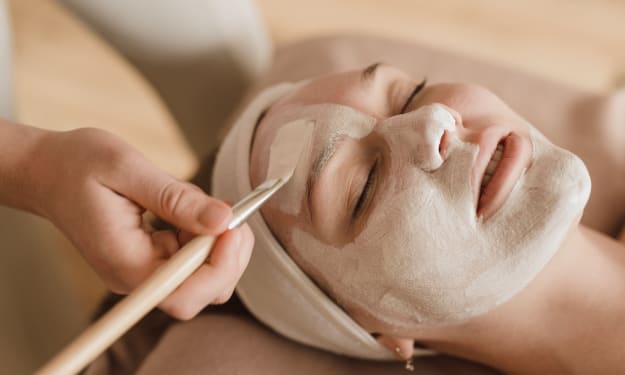
Temporomandibular Joint Dysfunction (TMJ) is a condition that affects the joint connecting your jawbone to your skull. It can lead to various symptoms, including jaw pain, difficulty chewing, and clicking or popping noises when opening the mouth. While professional medical advice is essential for managing TMJ, self-care practices can significantly contribute to alleviating symptoms and improving overall jaw health. In this article, we will explore effective self-care techniques that can help individuals with TMJ find relief and enhance their quality of life.
Gentle Jaw Exercises:
Performing gentle jaw exercises can improve jaw mobility, reduce muscle tension, and promote healing. These exercises aim to strengthen the jaw muscles and restore proper alignment. Here are a few exercises to try:
A. Jaw Opening and Closing: Slowly open your mouth as wide as comfortable and hold for a few seconds before closing it gently. Repeat this exercise several times to improve range of motion.
B. Side-to-Side Movement: Move your jaw from side to side in a controlled manner, feeling the stretch in the muscles. Start with small movements and gradually increase the range as tolerated.
C. Resistance Exercises: Use your hand to provide gentle resistance while you try to open or close your mouth. This helps strengthen the jaw muscles and improves stability.
Heat and Cold Therapy:
Applying heat or cold to the affected area can help alleviate pain, reduce inflammation, and promote relaxation. Consider the following methods:
Heat Therapy: Apply a warm compress or use a heating pad on the jaw joint for 15-20 minutes. The heat helps relax muscles and increase blood flow to the area, providing relief.
Cold Therapy: Wrap an ice pack or a bag of frozen vegetables in a thin cloth and apply it to the jaw joint for 10-15 minutes. Cold therapy helps reduce inflammation and numb the area, reducing pain.
Stress Reduction Techniques:
Stress and anxiety can worsen TMJ symptoms, as they often lead to jaw clenching and muscle tension. Implementing stress reduction techniques can be beneficial. Consider the following approaches:
A. Relaxation Exercises: Engage in relaxation techniques such as deep breathing, meditation, or progressive muscle relaxation to relieve stress and relax the jaw muscles.
B. Mindfulness: Practice mindfulness techniques to bring awareness to the present moment and reduce stress levels. This can be done through activities like mindful eating or body scanning.
C. Stress Management: Identify and address sources of stress in your life. Engage in activities that help you unwind, such as taking walks, practicing yoga, or engaging in hobbies that bring joy.
Posture and Jaw Alignment:
Maintaining proper posture and jaw alignment throughout the day can reduce strain on the jaw joint and alleviate TMJ symptoms. Consider the following tips:
Good Posture: Sit and stand with your head aligned over your spine and shoulders relaxed. Avoid slouching or craning your neck forward, as this can contribute to jaw misalignment.
Jaw Positioning: Be conscious of your jaw position throughout the day. Avoid resting your chin on your hand or clenching your teeth. Instead, keep your teeth slightly apart and your tongue resting on the roof of your mouth.
Conclusion:
Self-care practices play a vital role in managing Temporomandibular Joint Dysfunction (TMJ) and promoting healing. Incorporating gentle jaw exercises, heat and cold therapy, stress reduction techniques, and maintaining proper posture can provide relief from symptoms and improve overall jaw health. Remember to consult with a healthcare professional for an accurate diagnosis and personalized treatment plan to address your specific TMJ concerns. By practicing self-care and seeking appropriate medical guidance
FOR MORE NFO
https://biollin.com/self-care-temporomandibular-joint-dysfunction/





Comments
There are no comments for this story
Be the first to respond and start the conversation.